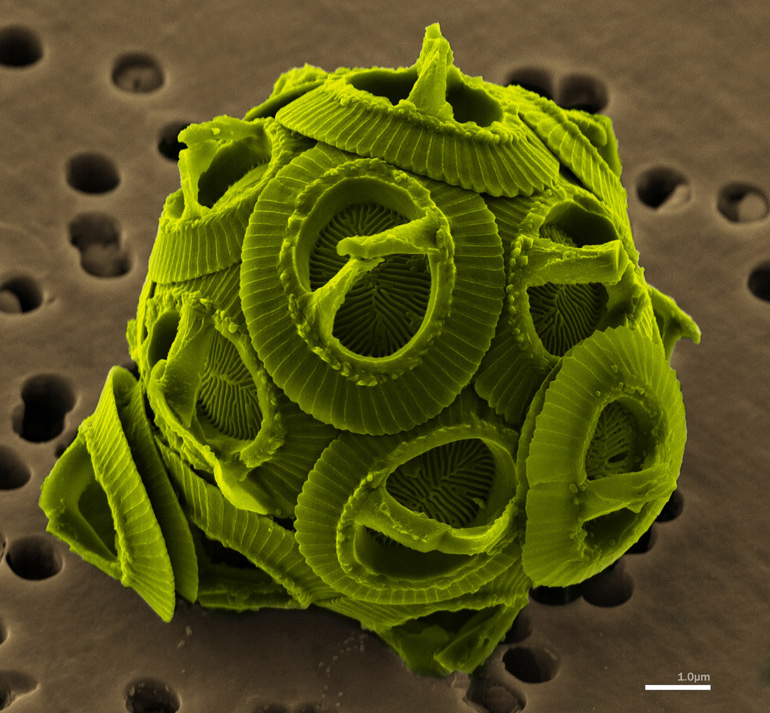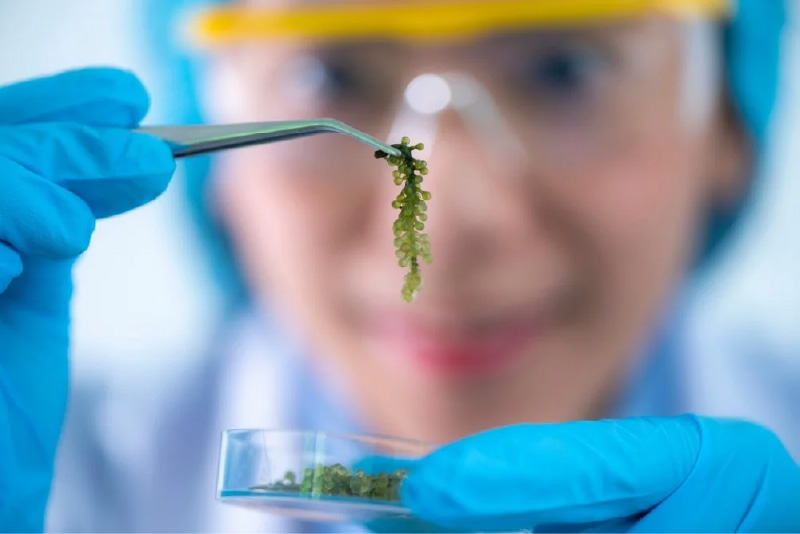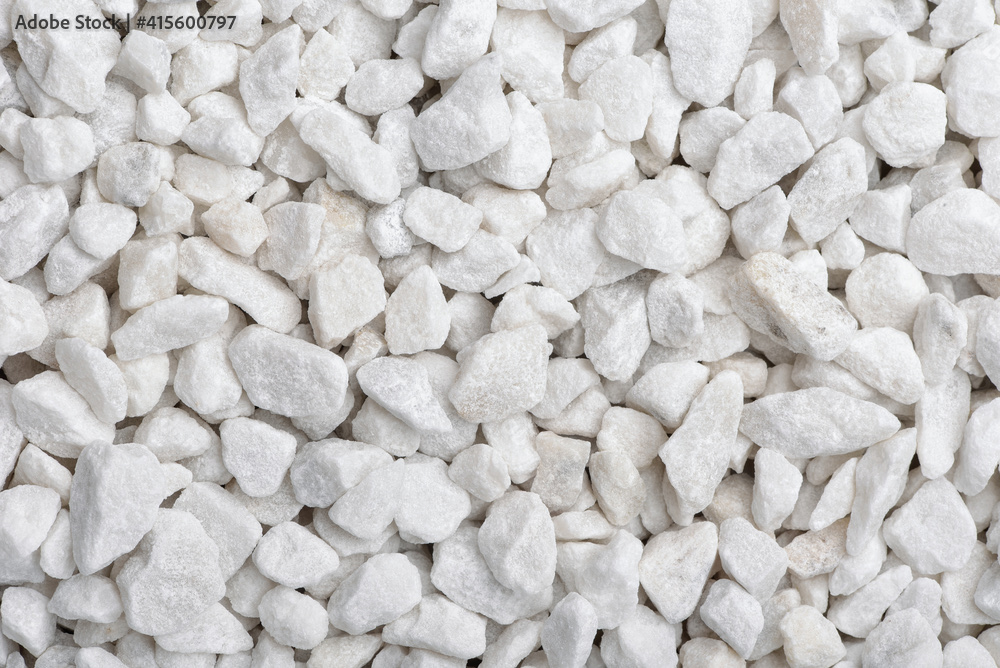Q:
What is the connection between algae and limestone?

Tiny single-celled marine microalgae called coccolithophores built the White Cliffs of Dover, a famous chalk formation in southern England, in the Late Cretaceous Period. Inspired by this feat, we asked ourselves, “if nature can grow limestone, why can’t we?”
So where did we start? We studied biomineralizing algae, single- and multi-cellular photosynthetic organisms that produce limestone (calcium carbonate/CaCO3).
Our research has yielded a highly efficient, scalable, and economical process for cultivating biomineralizing algae. The algae – through photosynthesis – sequesters and stores carbon dioxide in mineral form, while producing large amounts of limestone at a significantly faster rate than occurs in nature.
Q:
What are the benefits of algae-grown limestone?
- Limestone is a critical and versatile industrial material. Minus Materials leverages calcifying algae that actually pull carbon dioxide out of the atmosphere and store it in mineral form, making our limestone net carbon-negative. Algae-produced limestone is naturally produced and harvested as a fine powder, reducing or eliminating the need for grinding prior to industrial use.
- Quicklime (CaO) is produced through calcination of limestone, where the limestone is heated driving off massive amounts of CO2 to the atmosphere. By replacing conventional quarried limestone with algae-grown limestone as a feedstock for quicklime production, the CO2 emitted would be offset by that captured by the algae during growth and biomineralization. This results in neutralization of the process emissions associated with calcination of limestone.
- Limestone is the main feedstock for the manufacture of portland cement. Cement producers do not have to change a thing relative to their cement process. Because the cement producer is starting with a familiar raw material – limestone – no new equipment is needed. If cement producers layered other solutions into their process, such as switching to renewable energy, processing limestone at ambient temperate, carbon capture, and other emerging solutions, carbon-negative cement is achievable.
- Minus Materials’ algae-grown limestone is an ideal filler material in portland limestone cement, where “raw” limestone is blended with portland cement at a mass ratio between 5-15%. By using our limestone instead of a quarried limestone as the filler, the mixture would yield significant carbon reductions.
- Ease of adoption requires meeting industry standards. That is why Minus Materials decided to pursue a proven product – limestone – over novel new materials.
Did you know?
Cement production is responsible for around 8% of global carbon emissions.
By adopting our algae-grown limestone, cement producers can cut emissions by 60%. When combined with other technologies and processes, cement producers can cut emissions by more than 100%.
Have you met with cement and concrete producers?
Your Subtitle Goes Here
Yes. Cement and concrete producers – from ready-mix suppliers to precast producers – are actively seeking and adopting solutions that will dramatically cut their carbon footprint. We are inspired by their desire to adopt new materials and processes and are sharing information on our product to secure their feedback.
Have you conducted any pilot projects?
Your Subtitle Goes Here
Yes. Minus Materials has conducted a pilot project and the placement met all the requirements for key criteria such as compressive strength, flexural strength, and slump. We have also worked with a global cement company to complete independent testing and validation of our product.
Are there any other applications for Minus Materials’ product?
Your Subtitle Goes Here
Yes. We grow limestone, which is mostly calcium carbonate. Calcium carbonate is used in a host of other building materials, such as paint, as well as other consumer goods, including cosmetics and food supplements.
How do I learn more?
Your Subtitle Goes Here
We will continue to provide updates on our process and product and encourage anyone with questions to contact us.

